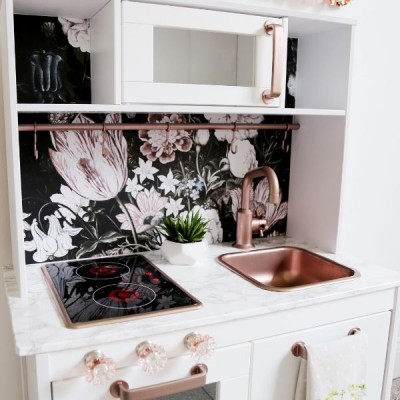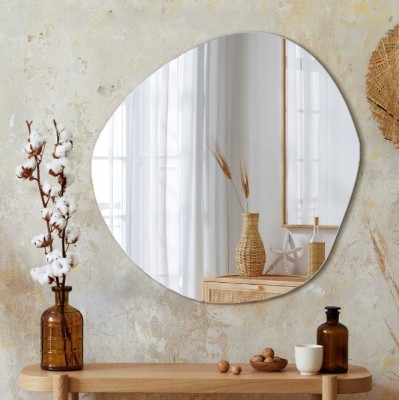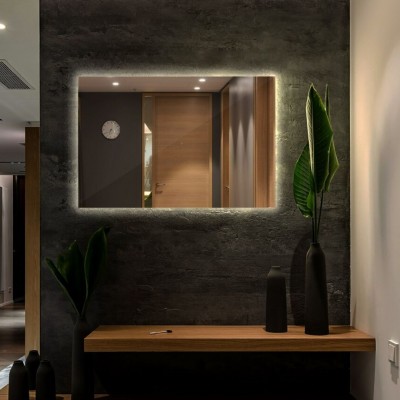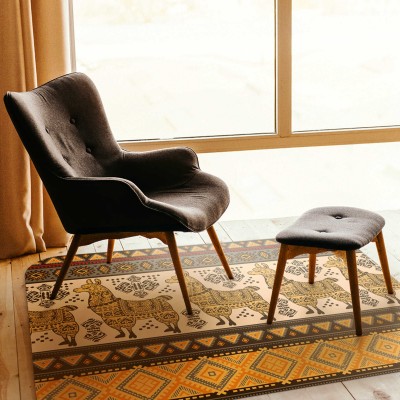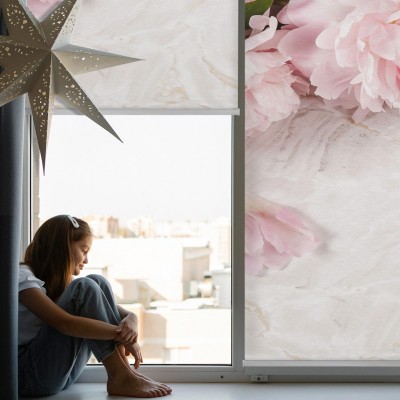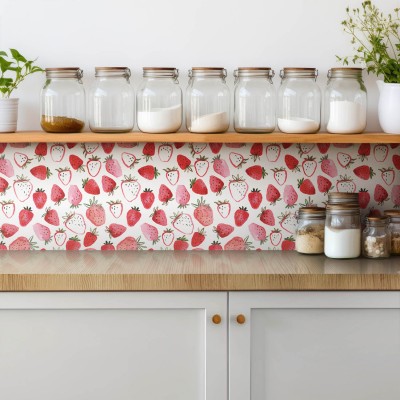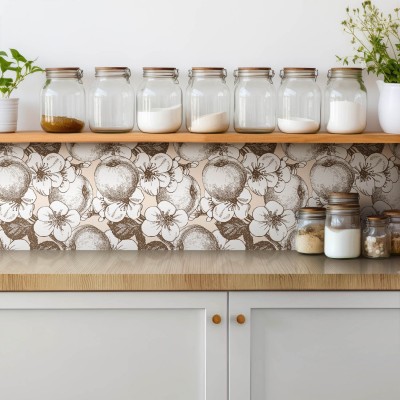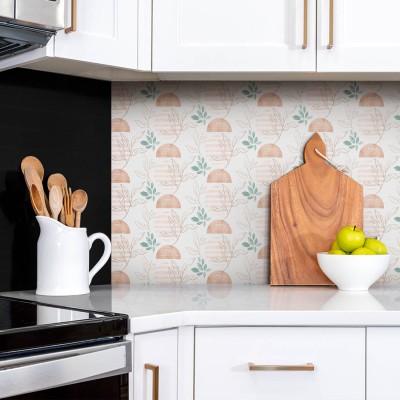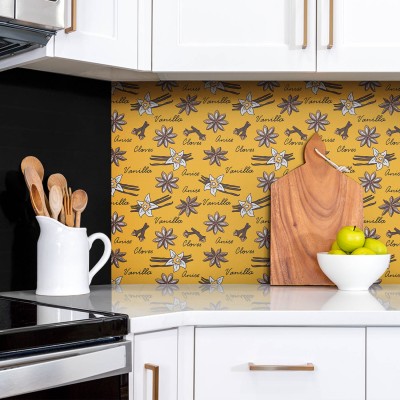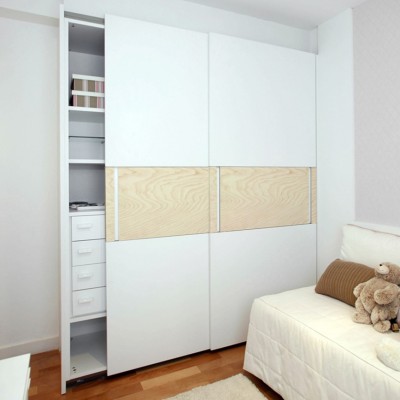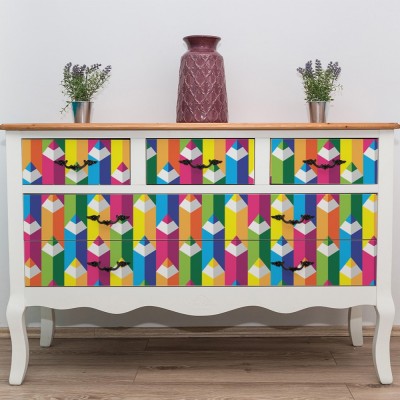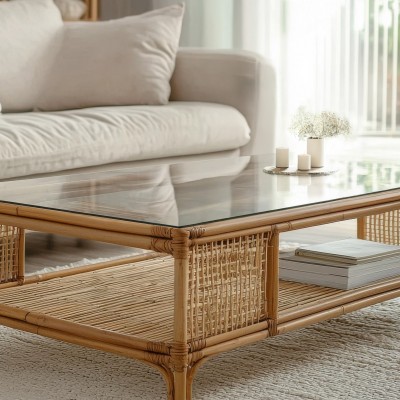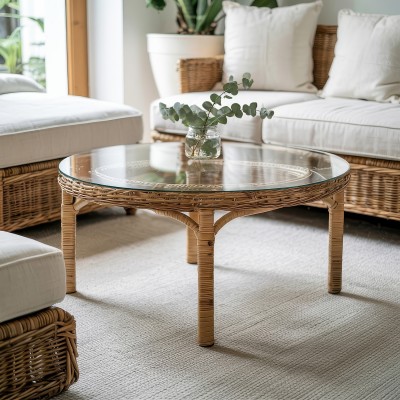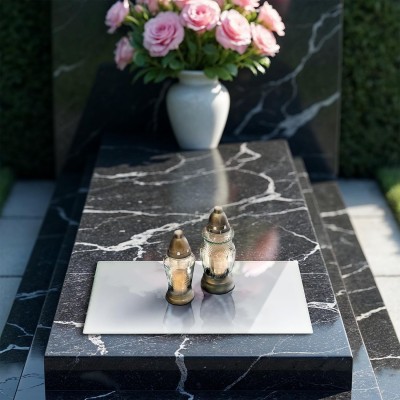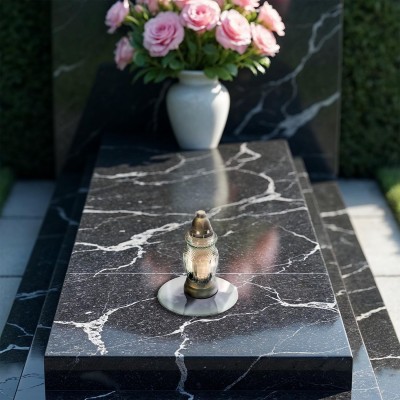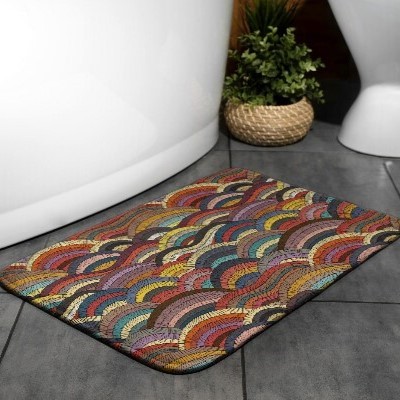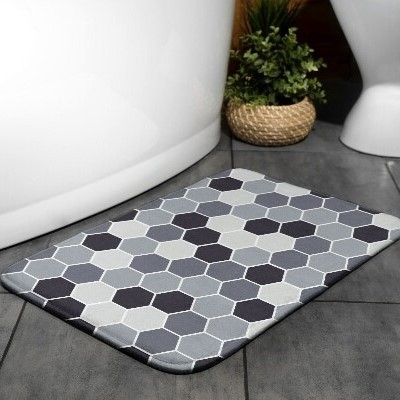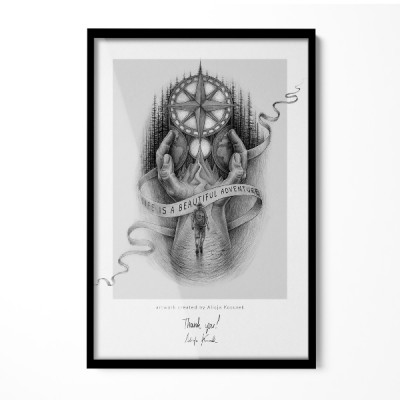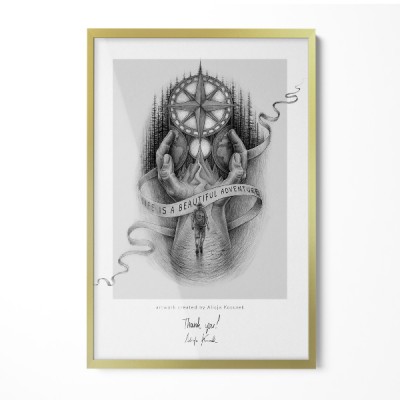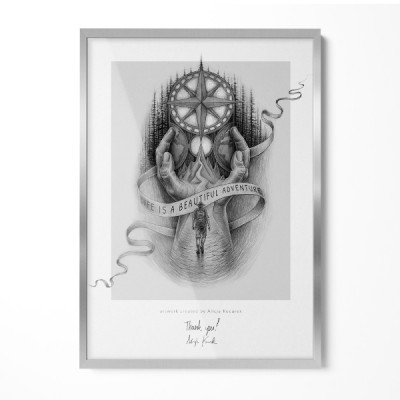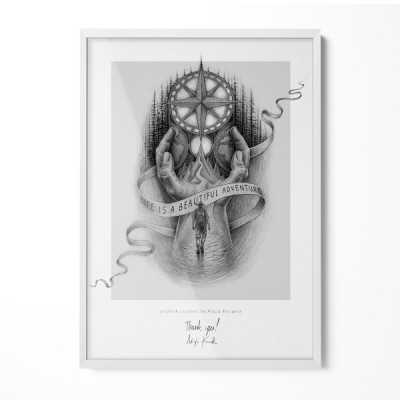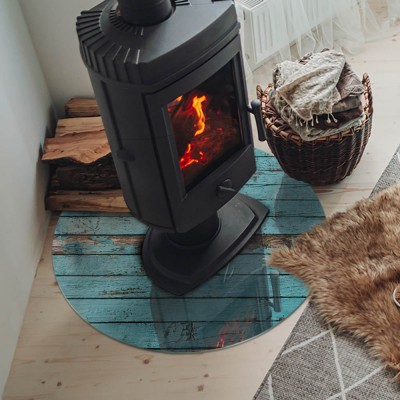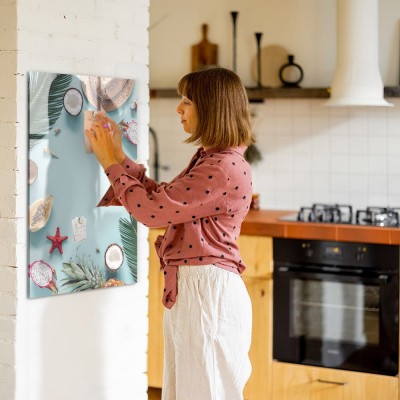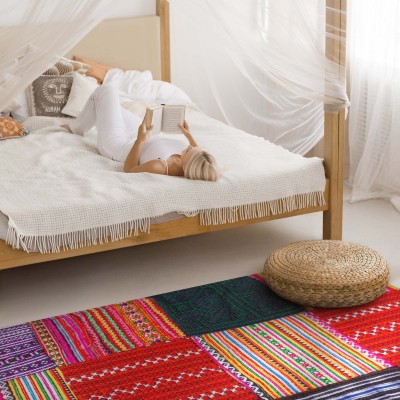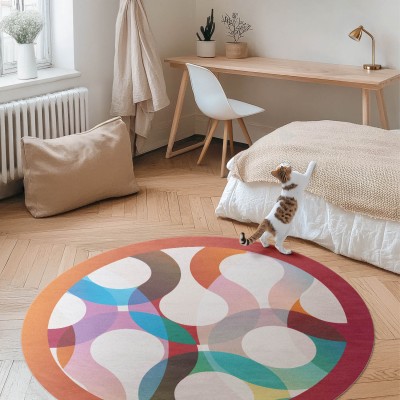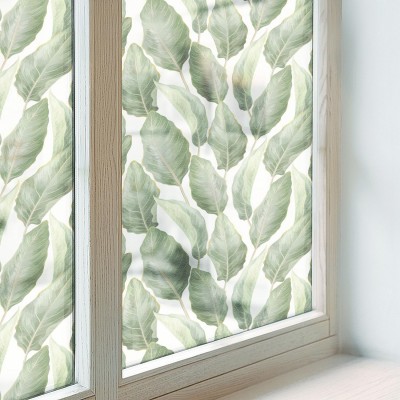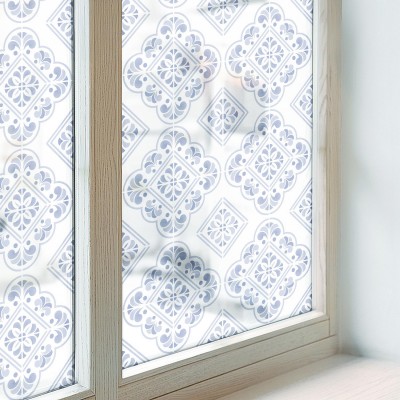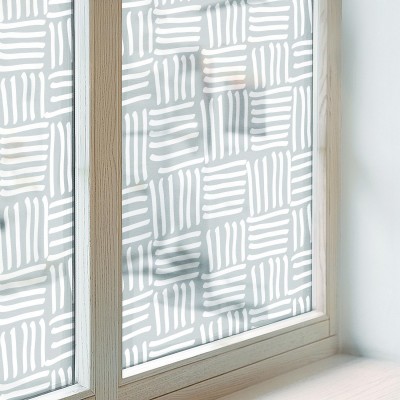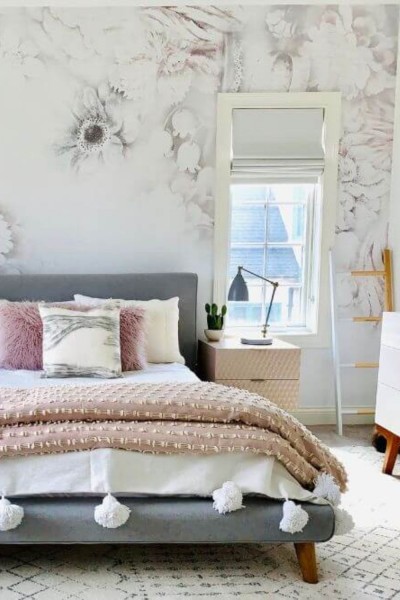In the realm of interior design, there's something undeniably alluring about a minimalist approach, especially when it's bathed in the purity and simplicity of white. A cozy white interior isn't just about a visual treat; it's a serene sanctuary that offers peace and tranquility in our often chaotic lives. This guide will walk you through transforming your space into a minimalist haven, where every shade of white and every carefully chosen element contributes to a harmonious whole. So, let's embark on this journey to create a space that's not just a home, but a minimalist masterpiece.
Step 1: Start with a clean slate
The foundation of any minimalist interior is a clutter-free environment. Before you dive into paint swatches and fabric samples, focus on decluttering. This isn't just about tidying up; it's about choosing which items truly bring value to your life and your space. Go through each room methodically, keeping only what you love or need. Remember, in a minimalist space, every item should have a purpose or bring joy. This process not only clears your physical space but also helps in mentally preparing you for a minimalist lifestyle. As you declutter, you'll begin to see your space in a new light, a blank canvas ready to be transformed.
Step 2: White walls - choose the right shade of white
White is not just white. It comes in an array of shades and tones, each capable of creating a different mood and feel in your space. When selecting the perfect white, consider the following:
Understand light influence:
- Rooms with ample sunlight benefit from cooler whites, which balance the warmth of the light.
- North-facing rooms might need a warmer white to feel inviting.
Experiment with shades:
- Don't be afraid to try different whites in various parts of your room.
- Use a slightly different white on trim or molding to add depth.
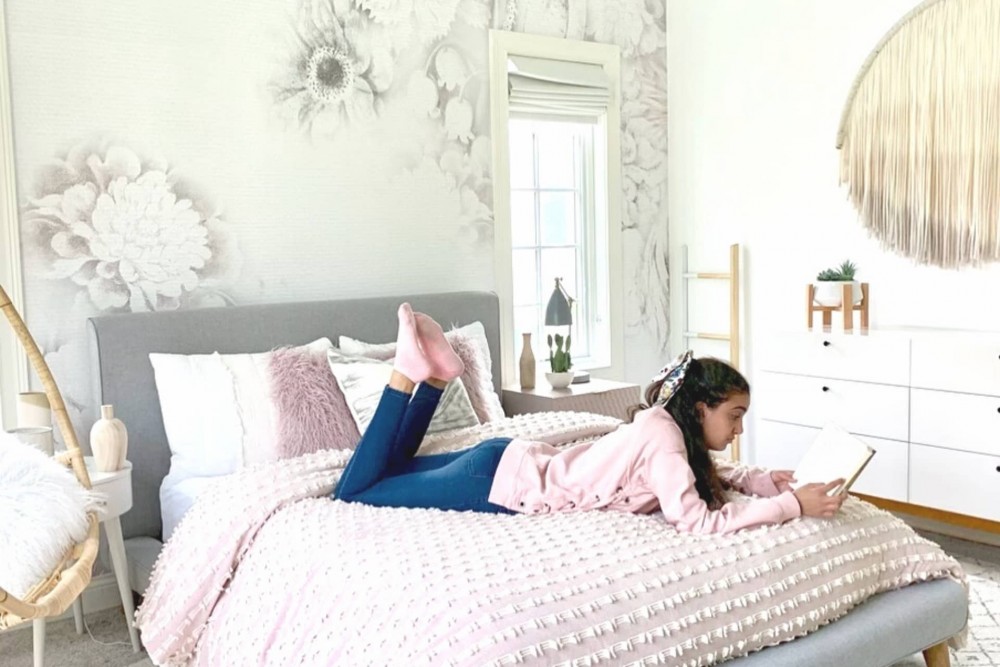
Test before deciding:
- Paint swatches are essential. Apply different whites on your walls.
- Observe these swatches at different times of the day to see how they change with light.
Choosing the right white is about understanding how it interacts with light, the room's function, and existing elements. By considering these factors, you can select a shade that enhances the beauty and tranquility of your minimalist space.
Step 3: White interiors - textures and layers for warmth
Incorporating textures and layers is crucial in a white, minimalist space to prevent it from feeling cold or sterile. Here are some ways to add warmth and depth:
Incorporate varied textures:
- Use soft rugs, plush throw pillows, and chunky knit blankets.
- These elements should invite touch and add comfort.
Master the art of layering:
- Layer rugs or use a combination of textiles in your decor.
- A stack of books or a collection of ceramics can add interest without clutter.
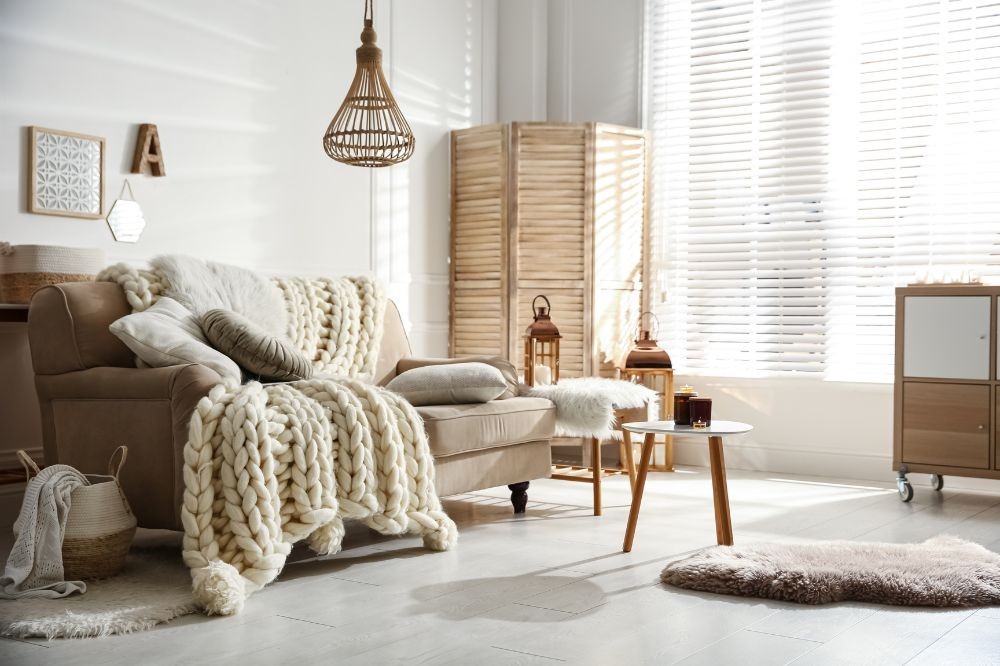
Keep it simple and intentional:
- Each textured piece should complement the others, not overpower them.
- Aim for a cohesive look that balances minimalism with warmth.
By thoughtfully integrating textures and layers, you can transform a white space into a cozy, inviting retreat. The key is to maintain simplicity and intentionality in your choices, ensuring each element contributes to the overall minimalist aesthetic.
Step 4: How to revive a white interior - minimalist but effective decor
Decorating a minimalist white space is a delicate balance. The goal is to highlight the beauty of the room without overwhelming it. Start with a focal point, such as a wall art or a feature piece of furniture, and build around it. Keep decorative items to a minimum and choose those that have a purpose or personal meaning.
Wallpapers, especially those with delicate geometric patterns, are an ideal decorative element for a white interior. This subtle addition can add sophistication and interest to a room without detracting from the minimalist aesthetic. The right wallpaper acts as a soft background, complementing the overall theme and emphasizing the character of the room.

In a white room, less is definitely more. When choosing a decor, you should consider its form and function. A beautiful lamp is not only a source of light; it is also a sculptural element. The vase can be an independent work of art. Remember that in a minimalist space, each element should be carefully selected and placed. This approach allows you to not only create a visually attractive space, but also one that harmonizes with your personal style and history.
Step 5: White interiors - lighting is key
Lighting plays a key role in creating the atmosphere of a cozy, warm interior. It's not just about lighting the space; it's about setting the mood. A bright interior needs lighting fixtures that are both functional and aesthetic.
Consider combining different light sources – floor lamps for a soft glow, table lamps for focused light, and ceiling fixtures for overall brightness. The color temperature of the bulbs is also important. Warm white bulbs can make a room look inviting, while cool white bulbs will enhance the crisp, clean look of white.
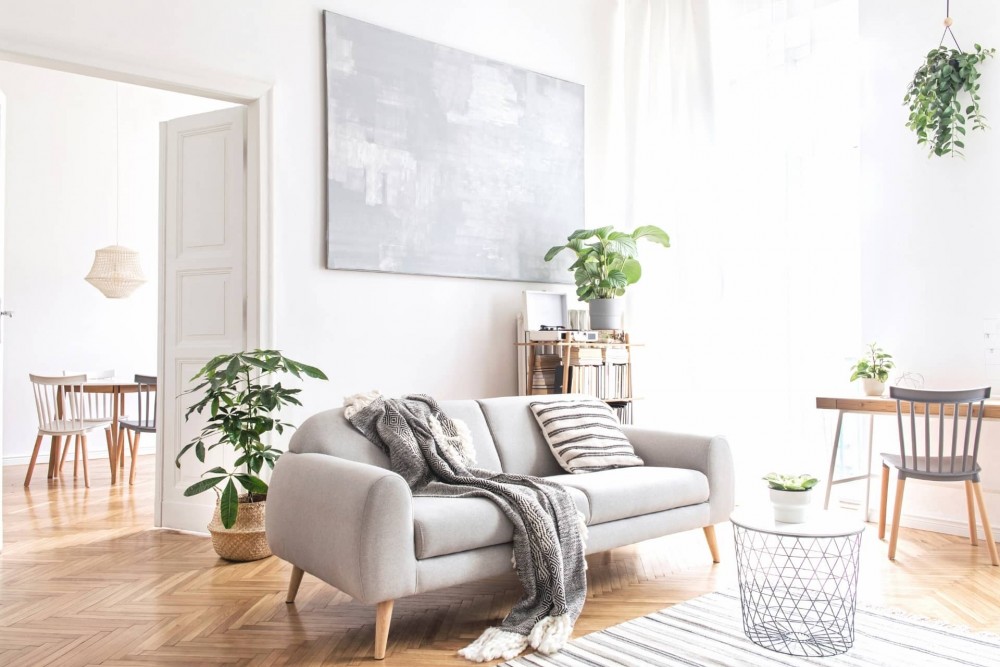
Don't forget about natural light, which can make a white room feel spacious and open. Use sheer curtains or blinds to control the amount of natural light, allowing you to create the perfect balance of warmth and brightness.
White interiors - create your sanctuary
Creating a cozy white interior is an artful balance of decluttering, choosing the right shades, adding textures, choosing minimal decor and mastering lighting. Each step is another layer in creating your personal sanctuary - let your space evolve. A cozy white interior is more than just a design choice; is a lifestyle that celebrates simplicity, peace and beauty in its purest form.

